🏖️ Mey I?
Who was this guy Mey (May) whose name is found on towns, a New Jersey county, roads and public buildings in South Jersey. Read all about it.
I’ve visited Cape May many, many times in my lifetime. It’s about a forty-five minute drive from me, but worth the trip. It has its own quaint vibe that you don’t find in many Jersey shore towns. Even though it is loaded with shops and commercial enterprises, it doesn’t feel that way--more of an artistic, crafty vibe.
The town is on the very bottom of the state on a protuberance of land that looks like it was attached after the State’s formation.
While searching for another route for the Northwest Passage, Henry Hudson navigated passed Cape May and up the Delaware Bay.
Hudson had marked the Cape on the map but never fully mapped out the entire area or even stopped his boat on the Cape. After traveling several miles up the bay their boat was forced to turn around.
Of course, one had to wonder who was the May the Cape was named after…or maybe you don’t, but I’m going to tell you anyway. This was left to Captain Cornelis Jacobson Mey, often spelled Cornelius Jacobsz May in Dutch, who was a 17th century Dutch explorer, captain, and fur trader, He is said to be born in 1580, but no one knows for sure and there is no record of his death.
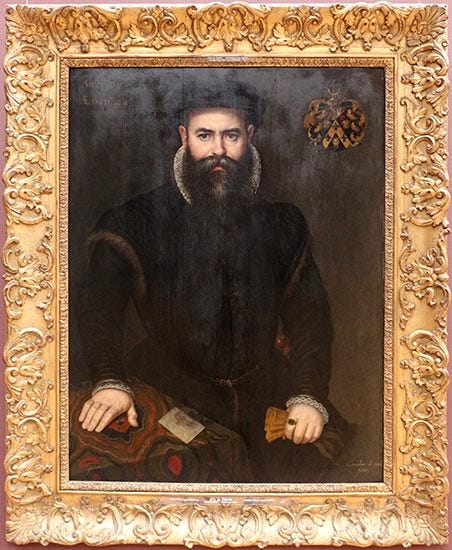
Cornelius Jacobsen Mey, was hired by the Dutch West India Company [DWC] to sail the ship “Blyde Broodschap” (Glad Tidings) to set up a new trade post at the Cape. Captain Mey arrived at the Cape in mid 1623 and started mapping the area. It was during this voyage that Caption Mey gave the Cape his name and christened it Cape de Maye “Cape Mey.”
Mey was the captain of the “New Netherland”, the ship that brought the first 30, mostly Walloon and Flemish, families to what is now New York City.
The 30 immigrant families landed on Noten Eylant, the island that is currently called Governor’s Island, near Manhattan. The following year, in June 1625, 25 additional immigrants arrived on three ships, along with over 100 horses and cows and numerous pigs and sheep. At the time of the arrival of the first group of immigrants in 1624, Mey was the only senior person with leadership experience, and therefore was apparently chosen to be the first director of the colony.
Mey left a larger legacy behind than most of the succeeding directors of the DWI because of his explorations, especially in the Delaware Bay area. Cape May [sounds like Mey] was named after him, as well as the city of Cape May, New Jersey and Cape May County, also in New Jersey. -From https://www.newnetherlandinstitute.org/
More History
In 1609 Henry Hudson documented a sighting of this area of the state, but it was Mey on behalf of the successor company of the New Netherland Company who explored and surveyed the Delaware Bay on a ship named the Blyde Boodschap.
His explorations were to territories to the west of and below Manhattan, and those in as far south as the fortieth degree in Virginia. He engaged in trade with the Indians there in 1620.
In 1621, he ordered the construction of a factory at Fort Nassau at the mouth of Big Timber Creek. Big Timber Creek enters the Delaware River between Brooklawn and Westville, just south of Gloucester City and across from Philadelphia. [3]
Previously, in 1614, Mey was captain of the Fortune, a ship that sailed along the coast of what is now New Jersey.
Of course, the land was already inhabited by the Kechemeche Indians of the Lenni-Lenapes, also known as the Delaware. These were the first known inhabitants of the southernmost point in New Jersey and their territory covered all of New Jersey, Delaware, eastern Pennsylvania, and southeastern New York.

They were a semi-nomadic people, relying on a combination of hunting, fishing, and agriculture for their sustenance. They lived in small, autonomous villages along rivers and streams.
Once Mey was in contact with the tribe, European colonization expanded, and the Lenape were affected by the influx of settlers. In came the Dutch and later the English who exerted influence over the region.
The Lenape initially engaged in trade with the Europeans, exchanging furs for European goods. The new arrivals began purchasing Lenape land starting in the 1630’s. Over time, however, the Lenape experienced increasing pressure from European settlers who sought more land for agriculture and development.
In an ironic twist, the Delaware were the Native Americans most friendly to William Penn who betrayed them with the infamous Walking Purchase, a treaty that deprived them of their own lands and forced them to settle on lands assigned to the Iroquois.
By the 18th century, many Lenape had been pushed westward due to the encroachment of European settlers. Some Lenape communities in New Jersey, such as those along the Delaware River, faced forced migration or assimilation.
Cape May's Emerges As a Resort
Once the natives were cleared, in the mid-1700’s, the island began to emerge as a resort for visitors from Philadelphia. Visitors first traveled here by horse-drawn wagons and stagecoaches. As transportation options evolved, they came by steamship and railroad. By the 1830’s, Cape Island began to attract the elite of New York, Baltimore, and Washington in addition to Philadelphia. Hotels, music pavilions, and a grand boardwalk emerged.
What is now Cape May was formed as the borough of Cape Island by the New Jersey Legislature on March 8, 1848 from portions of Lower Township. It was reincorporated as Cape Island City on March 10, 1851, and was renamed Cape May City on March 9, 1869.
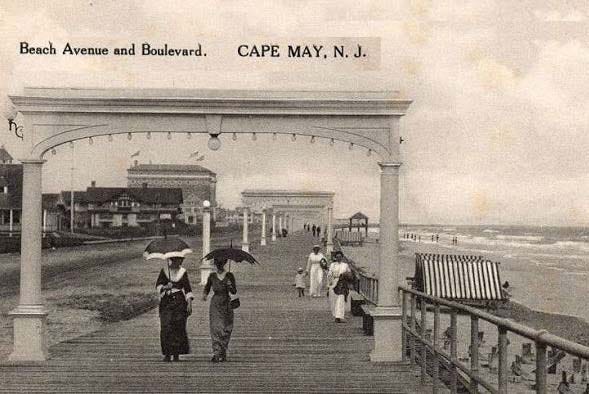
Tragedy struck in 1878 when a devastating fire destroyed 35 acres of downtown and burned down many of the grand hotels and private cottages that had been built to accommodate wealthy travelers. After this historic fire, Cape May decided to rebuild itself in the Victorian architectural style of the day.
Following WWI and WWII, the opening of the Garden State Parkway in 1954 gave Cape May a tourism boost. It ended the city’s former isolation as automobile travel to the NJ shore increased dramatically. And as to be expected, Cape May Exit received exit number “0.” It’s the End of the line where you can catch the Cape May Ferry to Maryland, or should we say the Cape “Mey” Ferry.
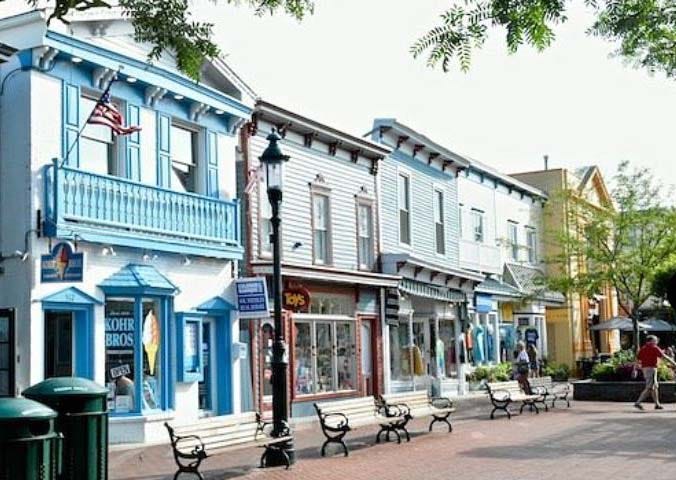
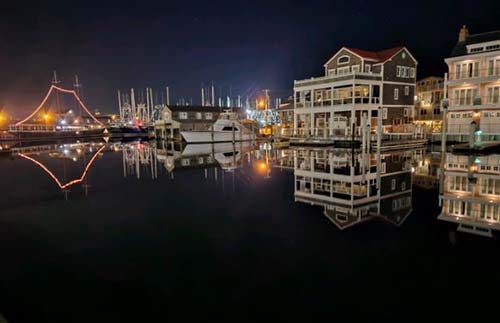
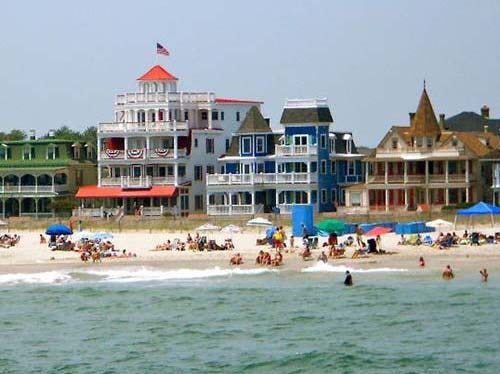
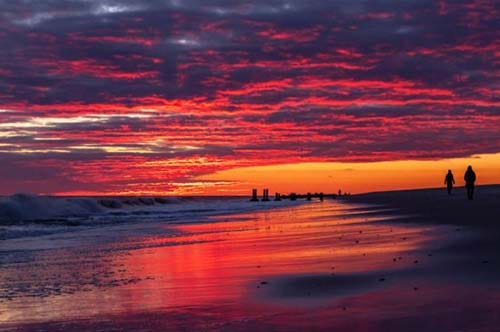
If you would rather not have the arcade feeling of the boardwalks of other Jersey shore towns, it’s not a bad choice.





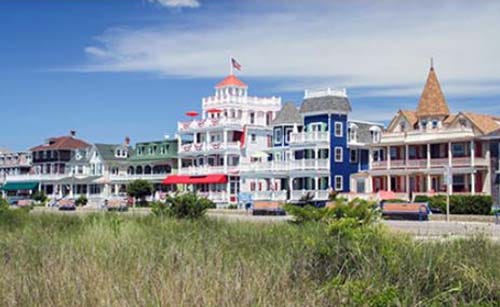

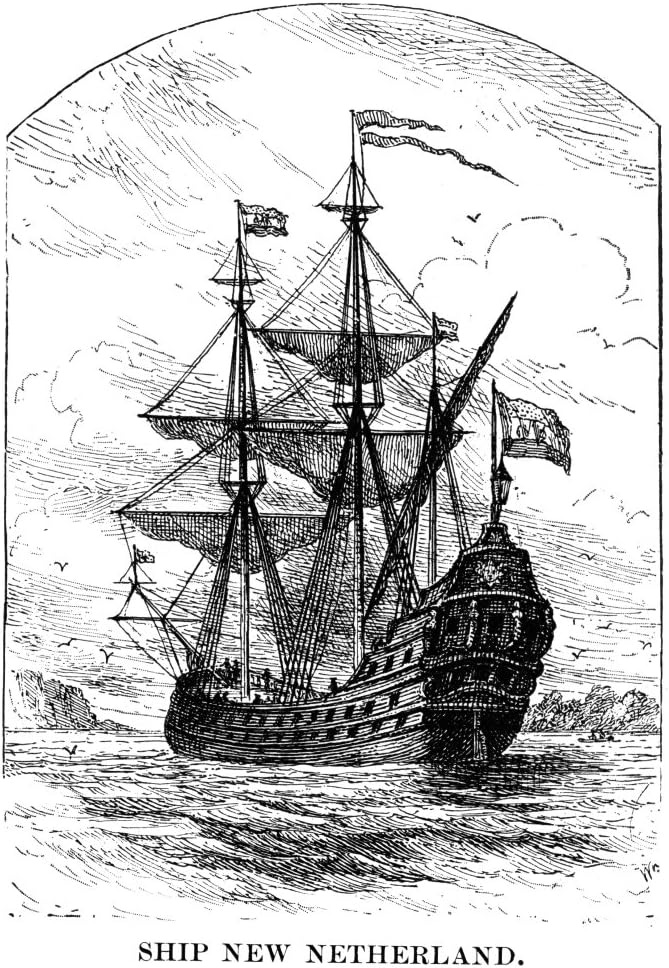



Thanks Greg. I appreciate the feefback. Spent some time on it. Wait until you see my video on the making of Driller Killer. Coming next week.
Well done Lou. Loaded with great info on a great place close to home...Cape May.